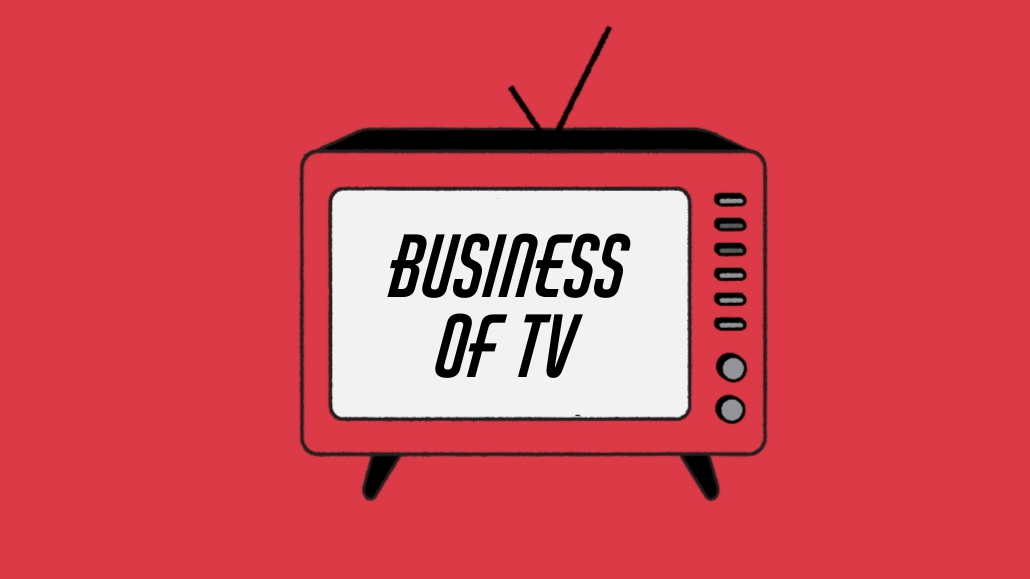TV networks seek to settle advertiser debts ahead of expected tight fourth quarter

Following NBCUniversal’s widely reported viewership lows for this year’s Tokyo Olympics, an executive at another TV network owner wondered what ripple effect the diminished reach — and corresponding missed advertiser reach guarantees — would have on the broader TV ad market. “I have no idea where NBC is going to put that under-delivery. When you have that much, I don’t think it’s good for any of us,” the executive said.
Given that advertiser demand already exceeds TV networks’ supply of ad slots, to what extent would NBCUniversal need to use its linear and streaming inventory not snatched up by upfront advertisers to fulfill its guarantees to Olympics advertisers? And what would that reallocation of inventory do to the so-called “scatter” ad market where advertisers typically pick up this surplus inventory for higher prices than upfront advertisers pay? Would NBCUniversal be effectively pushing those scatter ad buyers to other networks, which could then use the law of supply and demand to charge even higher prices in a fourth-quarter TV ad market that ad buyers and sellers expect to be as stretched as California’s water supply, or would the ever-tightening TV ad market spring-load advertisers to jump to other inventory sources, like digital video platforms?
“We’re tightening up things before we even get [to the fourth quarter]. It’s going to be a really tight market throughout this entire year,” said an executive at a second TV network.
However, it turns out that the Olympics shouldn’t have such a ripple effect on the TV ad market. Executives at two different ad agencies said that NBCUniversal was able to fulfill its viewership guarantees within the Summer Games, such as by using its Olympics streaming inventory as immediate “make-goods” to make up for linear shortfalls. “We were made good inside the Olympics. NBC did a really good job of that quite frankly,” said one of the agency executives.
In fact, NBCUniversal found ways to fulfill its obligations to all advertisers within the Olympics.
“With more than 120 billion minutes of engagement, across all NBCU properties, all advertisers were made whole for the Tokyo Olympics. Our teams were in daily contact with advertisers throughout the Games. There is always liability when planning for any major premiere, awards show or sporting event, and all plans have make goods guidelines,” said Joe Benarroch, svp of communications for advertising and partnerships at NBCUniversal, in an emailed statement.
NBCUniversal’s instantaneous management of Olympics make-goods appears to reflect an effort by TV networks and advertisers to settle the advertising debts that have accumulated year after year as linear viewership declines but advertiser demand holds steady.
In this year’s upfront negotiations, TV networks angled for advertisers to agree to so-called “fluidity” deals that allow ads to be run across their linear channels and equivalent streaming programming, in part, because that flexibility would help the networks to guard against piling up even more advertiser liabilities. “That’s allowing us to control the under-delivery,” said the first TV network executive.
Another way that networks’ are looking to control under-delivery is by wiping their debts before the fourth quarter when this year’s upfront deals will take effect and competition among advertisers for the remaining TV inventory will heighten as brands pounce on a holiday shopping period that will hopefully be less impacted by the pandemic than last year. “We’ve effectively gone out of sale in third quarter. We’re close to being fully out of sale just to get liability into place going into the new [upfront] year,” said the second TV network executive.
Among advertisers, the urgency to have their viewership guarantees fulfilled is fairly obvious: Brands run ads to sell products and the more people they can reach with those ads, the more products they stand to sell. On the TV network side, the consideration is two-fold: Honor their deals with existing ad advertisers, and open up inventory to sell at higher prices to new advertisers. “There is an aspect of ‘Can we sell it for a better price?’ to getting [the liabilities] off the books,” the second TV network executive.
However, for all the effort by TV networks to manage their advertiser debts, there remains an expectation among advertisers that make-goods, also called “audience deficiency units,” are simply a part of the TV ad business and will continue to accumulate. “When we plan, we realize that we’re going to have ADUs,” said a second agency executive.
That may be especially true in the fourth quarter of this year. While linear TV will have the return of the traditional sports calendar and typical fall programming schedules, streaming services like Netflix plan to have similarly revitalized programming pipelines that could siphon away people’s attentions. Plus, with people beginning to return to their pre-pandemic routines like commuting to the office and attending kids’ soccer games, there will be even more competition for people’s time.
“I think there is going to be mass under-delivery again,” said the first agency executive.
More in Future of TV

Future of TV Briefing: How agencies are setting up their programmatic teams for the agentic AI era
This week’s Future of TV Briefing recaps two sessions from last week’s Digiday Programmatic Marketing Summit about how agencies’ programmatic buying teams are evolving.

Future of TV Briefing: The streaming ad upfront trends, programmatic priorities revealed in Q3 2025 earnings reports
This week’s Future of TV Briefing looks at what TV and streaming companies’ latest quarterly earnings report indicate about the state of the streaming ad market.

Future of TV Briefing: The creator economy needs a new currency for brand deals
This week’s Future of TV Briefing looks at why paying creators based on reach misses the mark and what IAB is doing to clear up the creator-brand currency situation.








